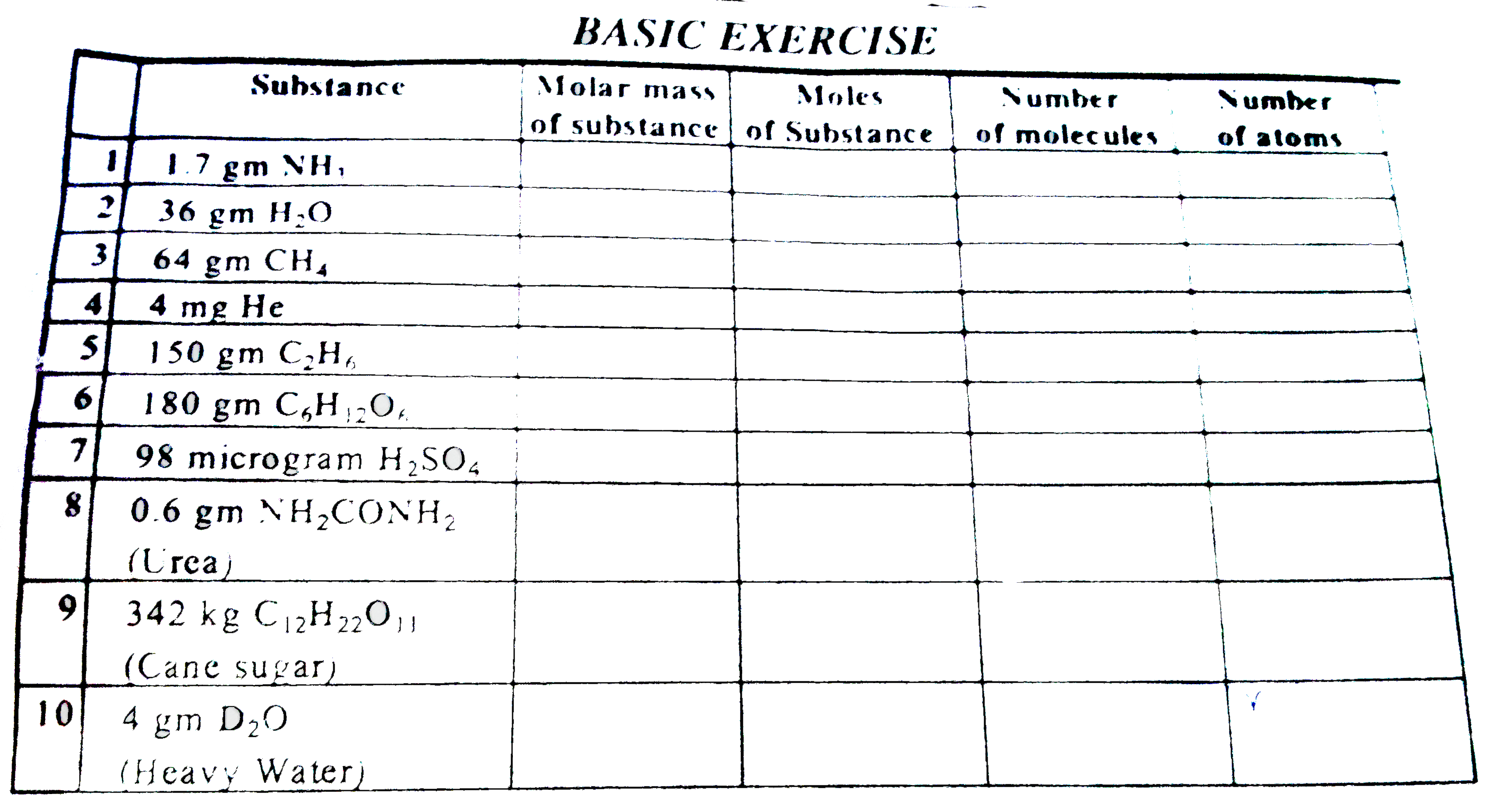Statement-1: 2A+3B→C
4/3 moles of 'C' are always produced when 3 moles of 'A' & 4 moles of 'B' are added.
Statement-2: 'B'is the limiting reactant for the given data.
Statement-1 is true, statement-2 is true and statement-2 is correct explanation for statement-1.
Statement-1 is true, statement-2 is true and statement-2 is NOT the correct explanation for statement-1
Statement-1 is false, statement -2 is true.
Statement -1 is true, statement-2 is false.
The correct Answer is:C
Step by step video & image solution for Statement-1: 2A+3B to C 4/3 moles of 'C' are always produced when 3 moles of 'A' & 4 moles of 'B' are added. Statement-2: 'B'is the limiting reactant for the given data. by Chemistry experts to help you in doubts & scoring excellent marks in Class 12 exams.
Updated on:21/07/2023Topper's Solved these Questions
- MOLE CONCEPTBook:ALLENChapter:MOLE CONCEPTExercise:O-II (Multiple concept
Explore 6 Videos
- MOLE CONCEPTBook:ALLENChapter:MOLE CONCEPTExercise:O-II (Match the column:)
Explore 3 Videos
- MOLE CONCEPTBook:ALLENChapter:MOLE CONCEPTExercise:O-II
Explore 11 Videos
- METALLURGYBook:ALLENChapter:METALLURGYExercise:EXERCISE-05 [B]
Explore 26 Videos
- p-Block Element Book:ALLENChapter:p-Block Element Exercise:All Questions
Explore 20 Videos
Similar Questions
Knowledge Check
In the reaction A+B⇔C+D, 4 moles of A
react with 4 moles of B and form 2 moles each of C and D. The value of Ke for the reaction isA2B3C1D1.56
14 moles of A and 20 moles of B, 8 moles of C is formed in the following reaction 3A+4B→2C then.
View SolutionA: When 4 moles of H2 reacts with 2 moles of O2, then 4. moles of water is formed.
R: O2 will act as limiting reagent.
View SolutionFor the reaction :
7A+13B+15C⇒17P
If 15 moles of A, 26 moles of B and 30.5 moles of C are taken
initially, then limiting reactant is:
View SolutionFor the reaction A+2B→C, 5 moles of A and 8 mole of B will produce
View Solution4 moles of A are mixed with 4 moles of B, when 2 moles of C are formed at equilibrium according to the reaction A+B⇔C+D.
The value of equilibrium constant is
View Solution2NH3→N2+3H2
Find moles of H2 produced from 4 moles of NH3
View SolutionFor the reaction A+2B→C,5moles of A and 8moles of B will produce :-
View Solution


